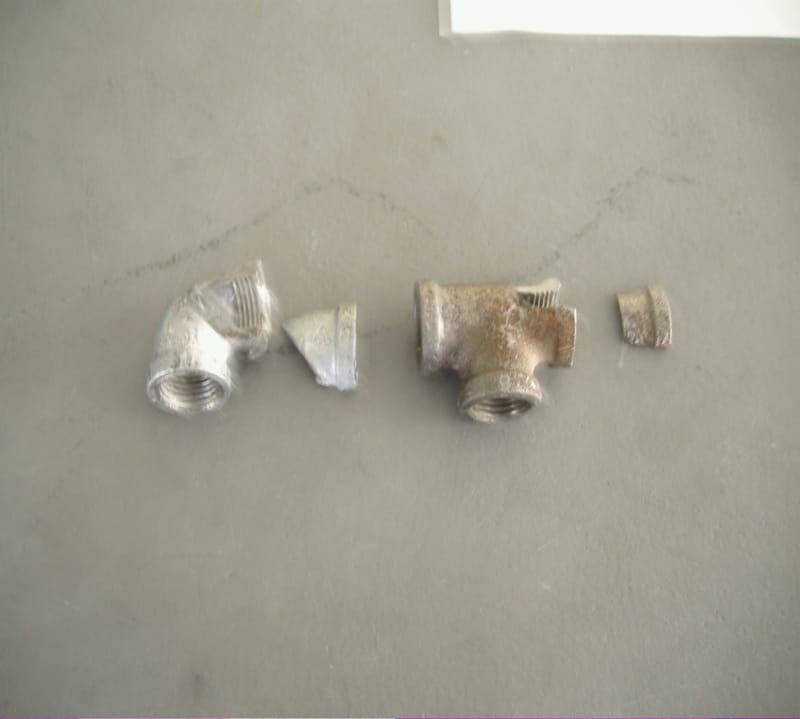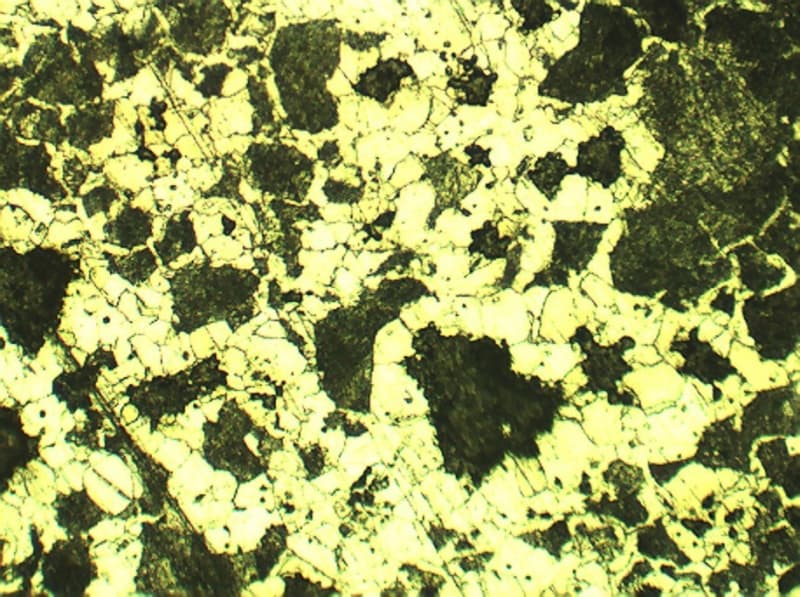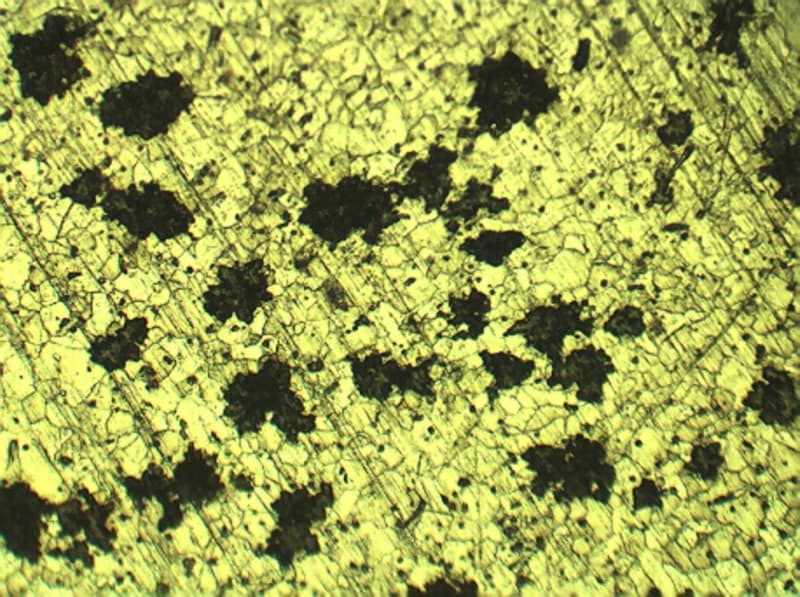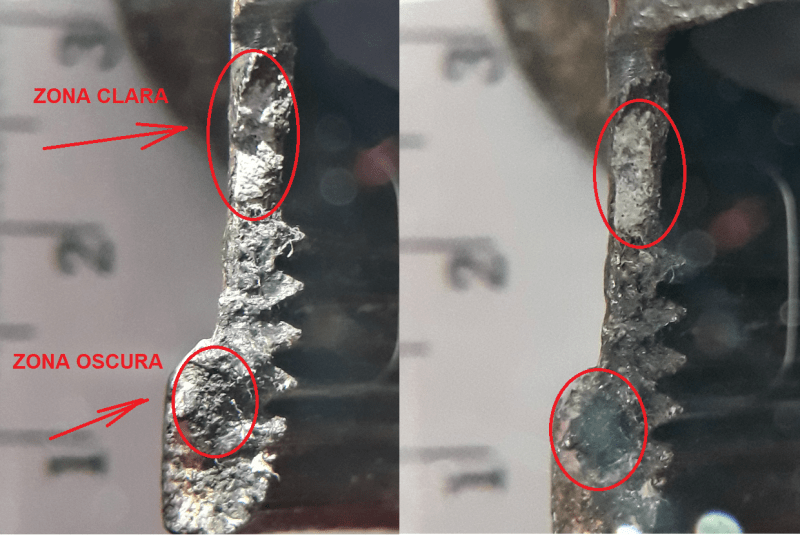Eduardo1982
Mechanical
- Oct 31, 2014
- 65
Hey guys. In a construction project we were facing some problems with some malleable iron threaded 90° elbows. During some pneumatic tests two elbows failed (I attach some picturees). We think that the problem is bad practise during construction by the contractor (due to excessive wrenchs marks). However the client is asking for a deeply root cause analysis with emphasys in the material properties. We got some quality certificates of these material but are too basic (most of them just say that mechanical properties met the requirements of ASTM A197. 90° elbows are class 150 and correspond to ASME B16.3 fittings). I was thinking to send the failed fittings to a laboratory for metalography test (probably to check microestructure if everything is OK) but I am not sure if it could be enough.. I would like to know if with this failed fitting can I get some tensile test.. I need some advice of you guys that maybe have much wide experience in these fields!!
Any help will be helpfull.
Any help will be helpfull.




